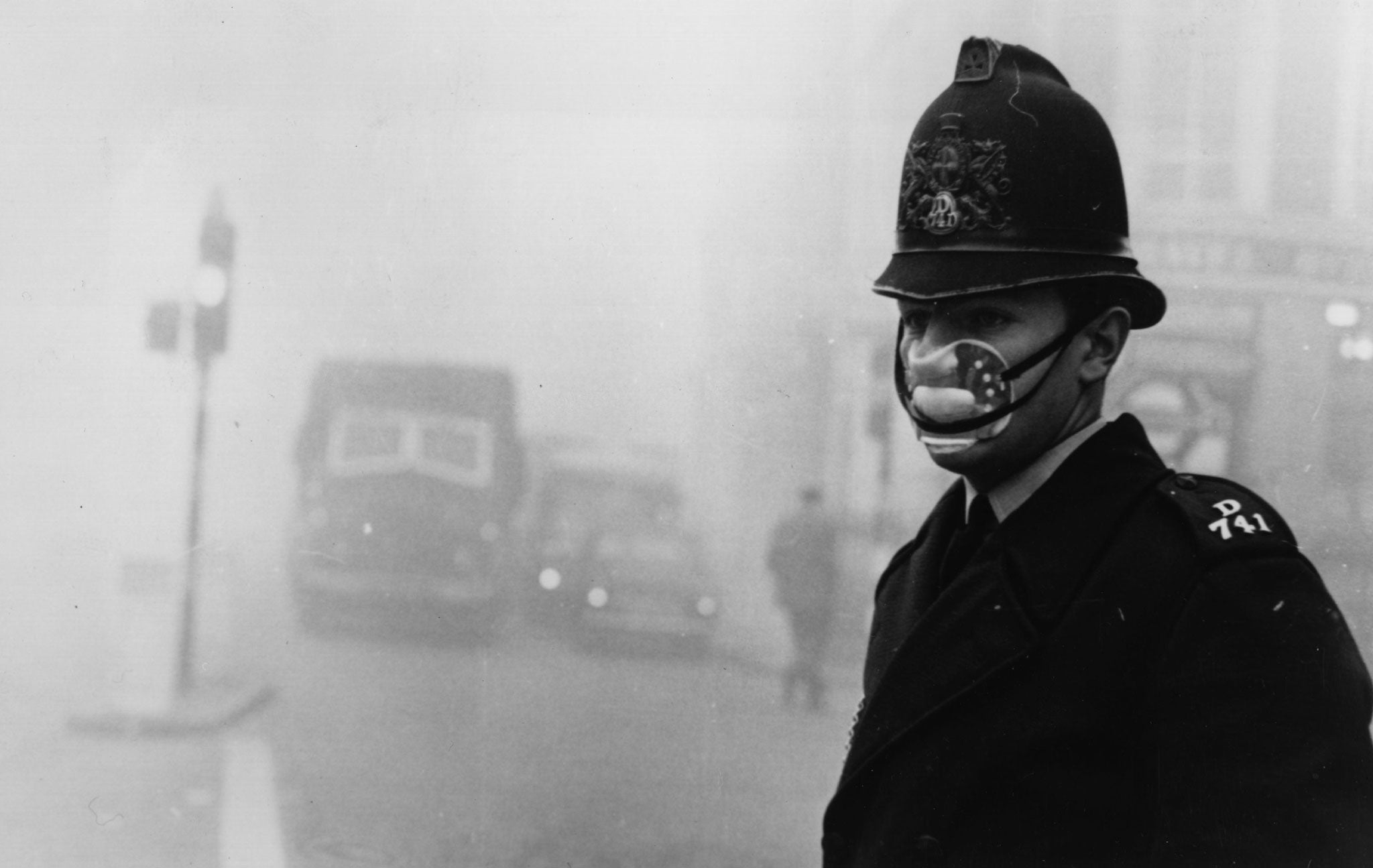Fog, smog, pea soupers and the Saharan dust storm: What are they and how dangerous can they be?
Just how dangerous can air pollution mixed with Saharan dust be?

Areas of Britain are experiencing "very high" levels of air pollution caused by a mixture of local and European emissions and dust blown up from the Sahara desert.
Government health advice has been issued amid warnings that the pollution will spread across England and Wales and again hit high levels later this week.
But just how dangerous can air pollution mixed with Saharan dust be? And how does this phenomenon differ from ordinary smog or fog?
Here's our short guide to all things foggy.
FOG.
Fog is essentially a cloud on the ground.
It is formed by tiny water droplets suspended in the air. According to the Met Office the official definition of fog is a visibility of less than 1,000m.
This limit is appropriate for aviation purposes, but for the general public and motorists an upper limit of 200m is more realistic.
Fog tends to be thicker in industrial areas where there are pollution particles which moisture can form on.
It differs from mist only in intensity. Mist is formed in the same way but is not as dense.
There are a number of different types of fog including advection fog, which occurs when moist air passes over a cool surface and is cooled and upslope fog, which occurs when hill fog forms when winds blow air up a slope.
Aside from the obvious transport problems associated with freezing and other types fog, it is relatively harmless.
SMOG
The term "smog" was first used in London during the early 1900's to describe the combination of smoke and fog.
Typically the term is today used to describe a mixture of pollutants, typically vehicular emissions, with fog.
Smog was a serious and dangerous problem in London in the 19th century to the mid 20th century as fog mixed with the burning of large amounts of coal resulting in a thick, cloudy mixture of smoke and sulfur dioxide.
Today, the term refers to what happens when sunlight reacts with nitrogen oxides and volatile organic compounds, which are emitted from cars, forming ground-level ozone.
Ground-level ozone is responsible for the choking, coughing, and stinging eyes associated with smog.
PEA SOUPER FOG
Black fog or killer fog, also known as a pea souper, is a very thick dense, green-yellow fog caused by air pollution formed from soot particles that result from the burning of coal and the poisonous gas sulfur dioxide.
It was a particularly hazardous and regular sight on the streets of London up until the 1950s. The worst example of its deadly impact occurred during the Great Smog of London of 1952. 12,000 additional deaths were reported in the city over a couple of days.
The deadly smog led to the passage of the Clean Air Act 1956 which banned the use of coal for domestic fires in urban areas, and greatly reduced the occurrence of the black fog.
A pea souper, or 'London Particular', is formed in the same way as ordinary smog but is thicker. In the 1952 smog the air was so thick that visibility was reduced to a couple of yards or less.
In pictures: High air pollution levels across the UK
Show all 12SAHARAN DUST STORM
The current high levels of air pollution have been caused by Saharan dust along with a mist of toxic air which has mixed with other pollutants from Europe on route to the UK.
A Defra spokeswoman said: "The high level of air pollution this week is due to a combination of local emissions, light winds, pollution from the continent and dust blown over from the Sahara."
The elevated pollution levels have been caused by dust blown up from the Saharan desert combined with pollutants in the continental air flow.
Defra has warned that those with existing lung and heart conditions may find their symptoms worsening, and said they should avoid doing too much, especially outdoors.
Even healthy people are advised they could experience minor symptoms including a sore throat or tickly cough and should avoid strenuous activity in order to reduce such symptoms.
Subscribe to Independent Premium to bookmark this article
Want to bookmark your favourite articles and stories to read or reference later? Start your Independent Premium subscription today.

Join our commenting forum
Join thought-provoking conversations, follow other Independent readers and see their replies